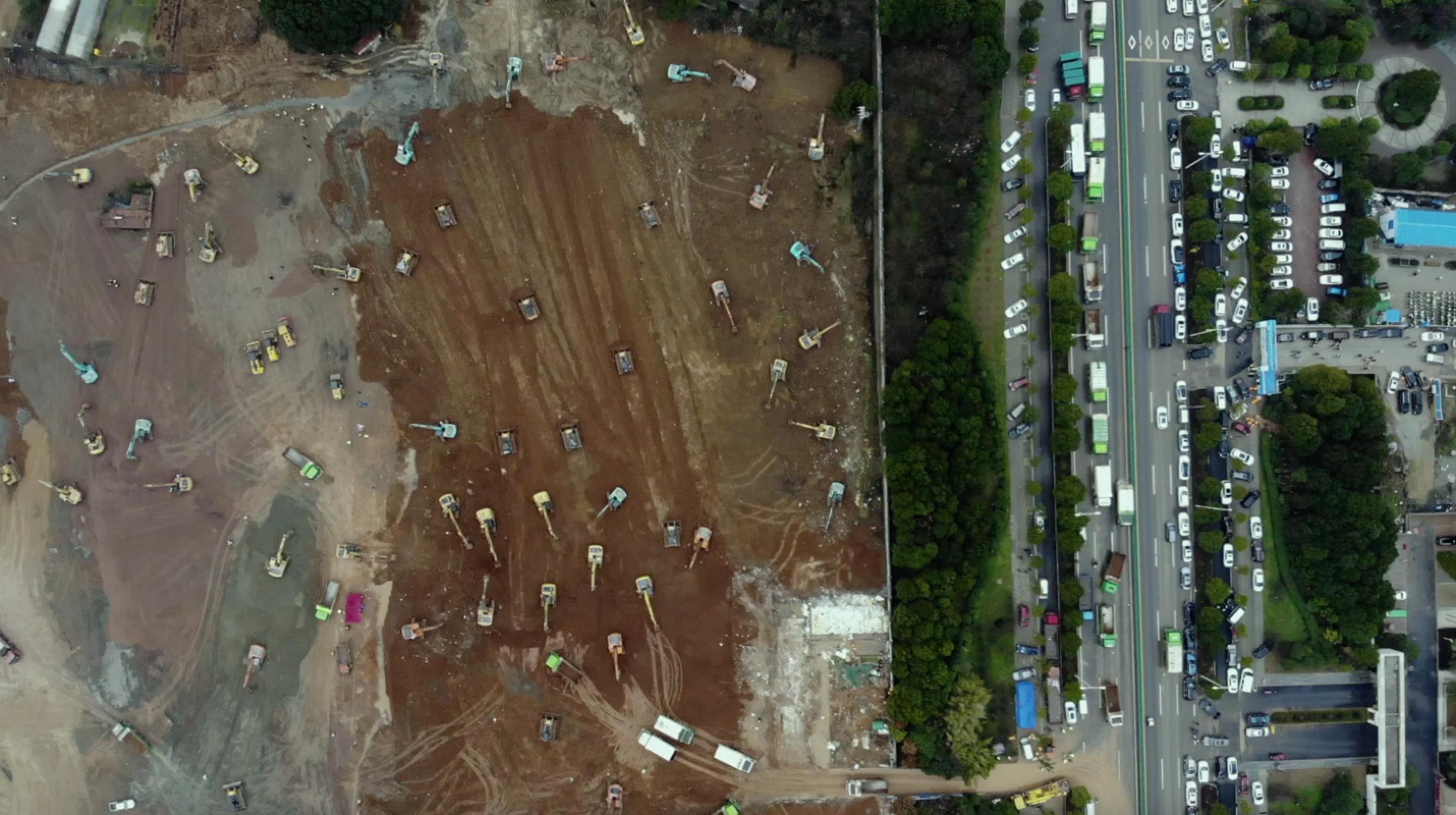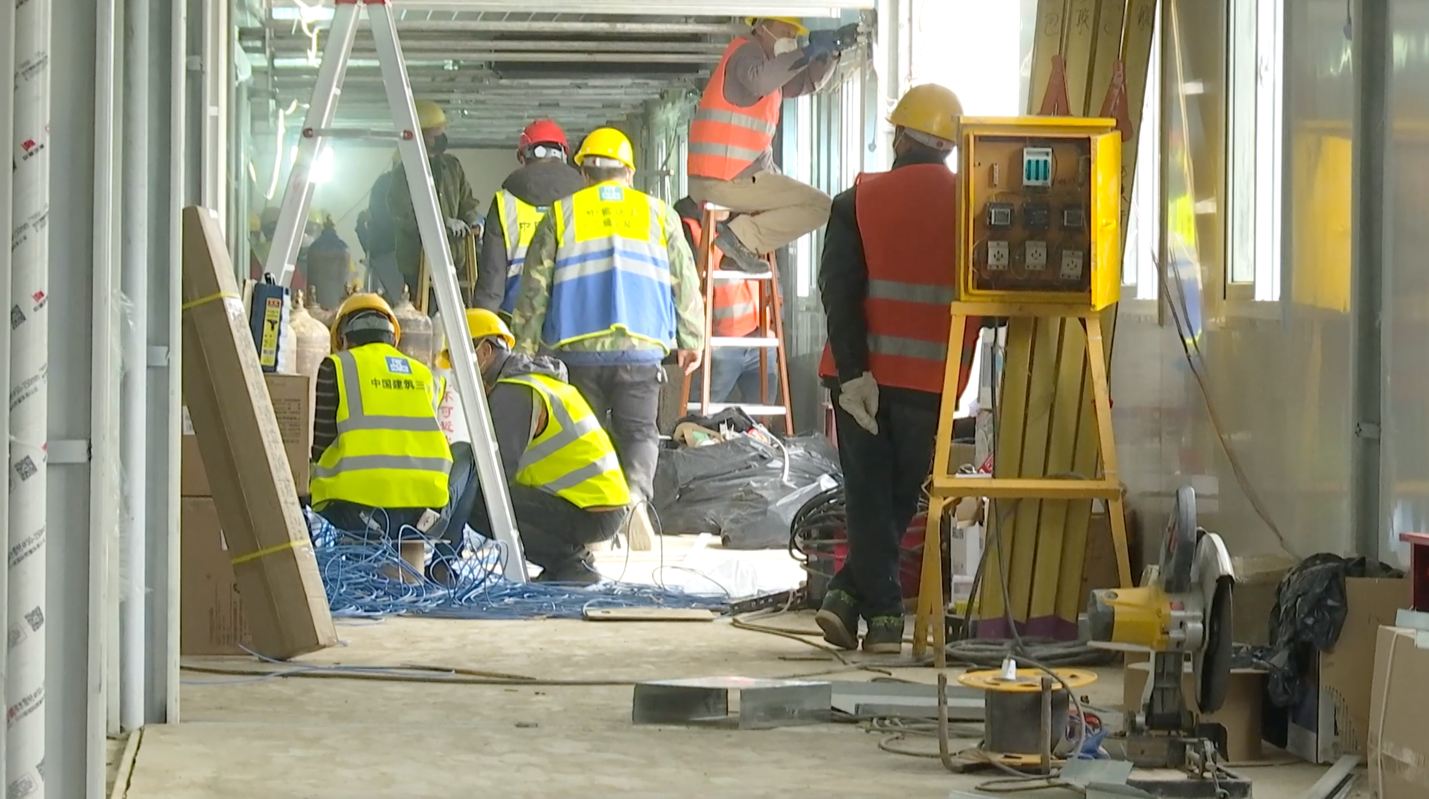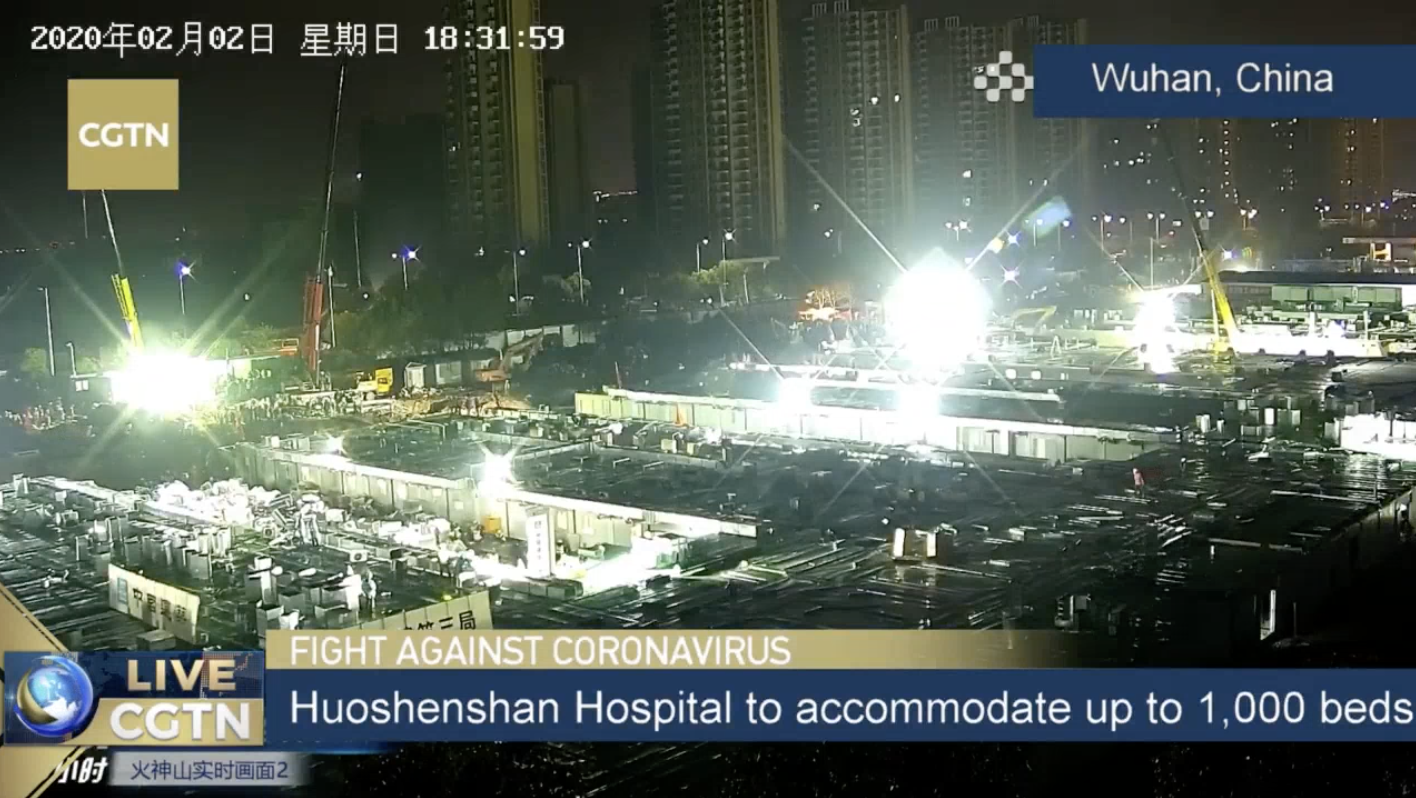06:16

The Huoshenshan Hospital in the central Chinese city of Wuhan was miraculously constructed in a matter of days last year, starting on January 25, 2020, and ending on February 2.
Feng Huajun, the Huoshenshan Hospital construction project manager, played a key role in designing and constructing the emergency field hospital designated to provide critical care for COVID-19 patients.
"The Huoshenshan Hospital feels vital to us. We put our heart and soul into the construction process," Feng said while revisiting the hospital after the lockdown. "Whenever we return, the memories come flooding back."
As the project manager, Feng participated in the entire planning process and witnessed how efficiently designers and engineers cooperated with each other. To cope with a surging number of patients, construction started just six hours after the first meeting, and problems tended to be solved on the spot. Even so, the bar was set high.
"All the environmental, technical and epidemic prevention requirements were set according to the highest standards," said Feng, explaining the rigorous design of the hospital.

Workers raced against time to build a hospital in 10 days. /CGTN
Workers raced against time to build a hospital in 10 days. /CGTN
The Huoshenshan Hospital was based on the blueprint of the Xiaotangshan Hospital in Beijing, which was built in seven days during the 2003 SARS epidemic. But many adjustments were made to the overall design to accommodate the specifics of the COVID-19 epidemic and the local conditions in Wuhan.
For instance, the ventilation system was carefully designed so that airflow from the wards is collected and disposed of properly. The differences in air pressure between the wards and the nurses' station, which are completely separate from each other, prevented the virus from escaping and infecting medical staff.
Moreover, since the facility is located near Zhiyin Lake, the construction team installed an anti-seepage membrane to isolate the entire hospital from its environment, thus preventing any medical waste from contaminating the lake or soil.
Feng said despite strict quarantine measures and the Lunar New Year holiday, nearly 10,000 migrant workers rushed to the site to participate in the construction. The entire construction process was also livestreamed to tens of millions of Chinese viewers, who cheered the staff on during the difficult task.

The 10-day construction, livestreamed on CGTN and many other platforms, attracted tens of millions of views. /CGTN
The 10-day construction, livestreamed on CGTN and many other platforms, attracted tens of millions of views. /CGTN
"We were given tremendous support from other cities; a lot of people volunteered to come help," said Feng. "The fact that we were able to gather all these domestic resources, at this special time, is a reflection of China's swift response to public emergencies."
After sending its final batch of patients to regular hospitals, Huoshenshan was officially sealed off on April 15. Standing inside the now empty wards, Feng couldn't help but recall moments of the vigorous construction effort.
"On the due date, the wards were full of staff. That was our most intense day," said Feng. "All the facilities were equipped in a very short time. The scene was like something from a war zone."
Feng said he and his team are proud to have completed a seemingly impossible mission and that this experience will inspire them for the rest of their lives.
"The Huoshenshan and Leishenshan hospitals are monuments to how resources from all around the country came together for the fight against the epidemic," said Feng, who was among the many Chinese citizens that sacrificed their personal safety to protect others against the rampaging virus.
(Huang Yi, He Meng, Meng Mingwei and Zhang Youze also contributed to the story.)

